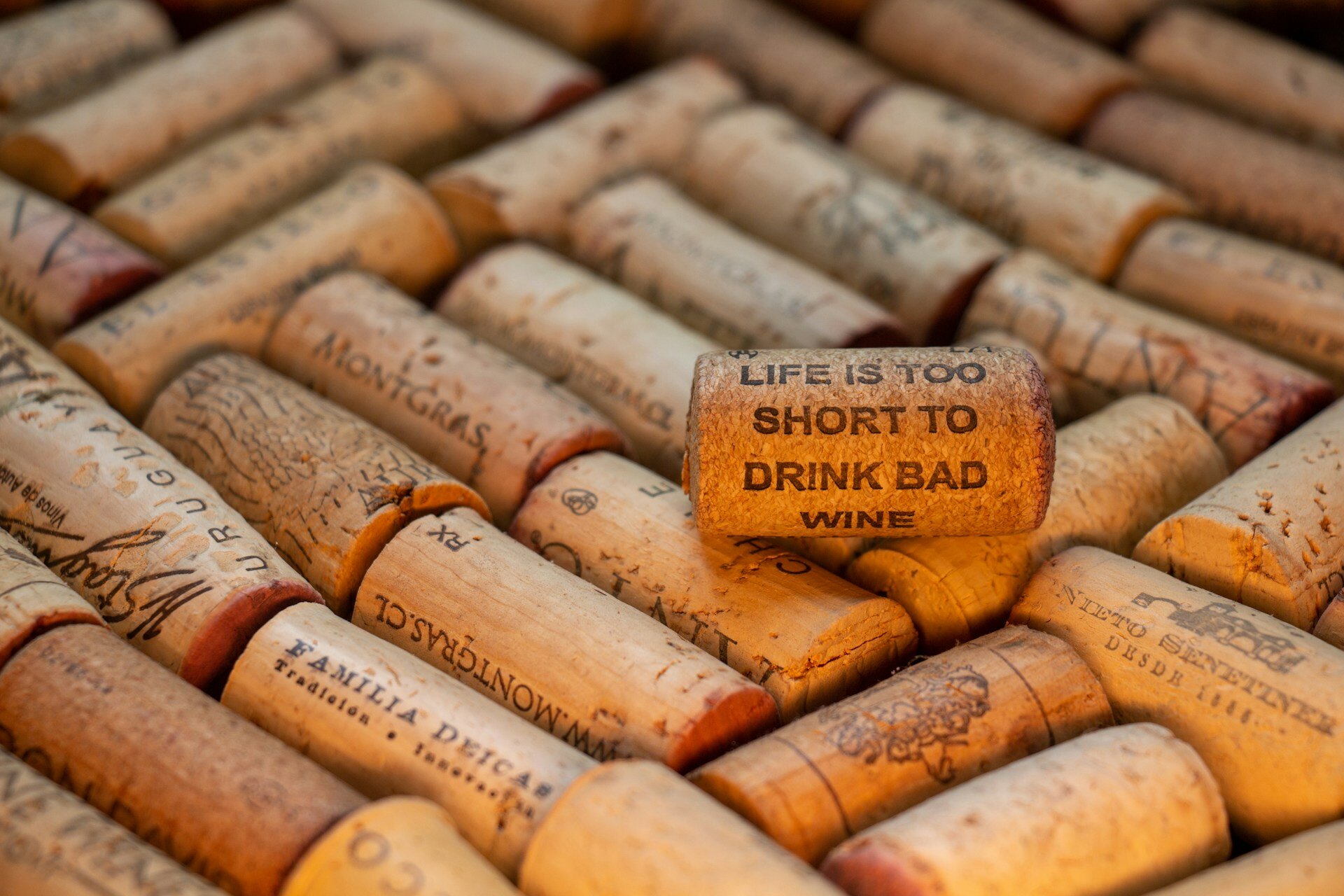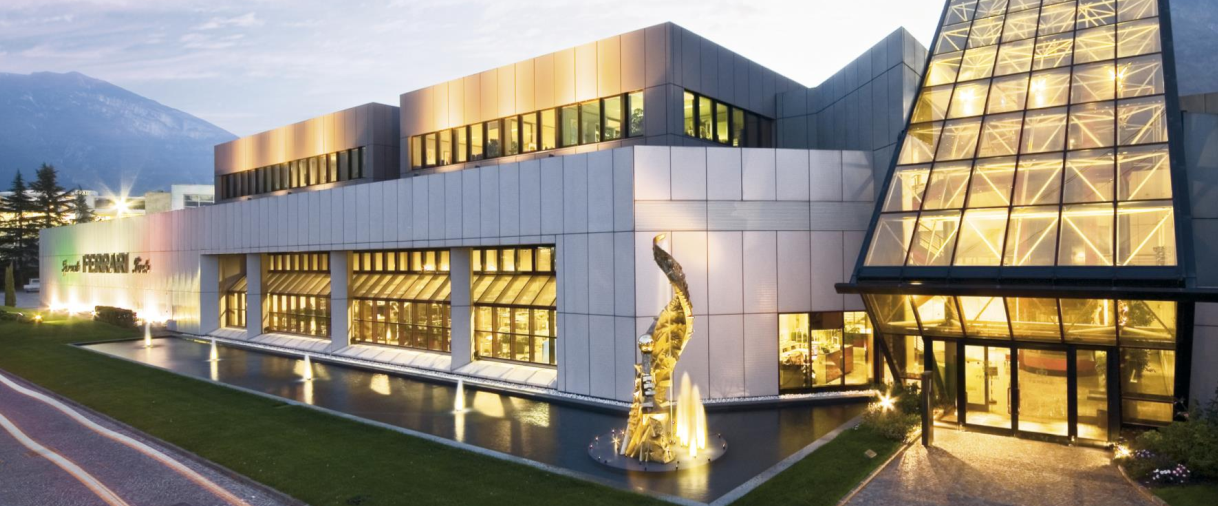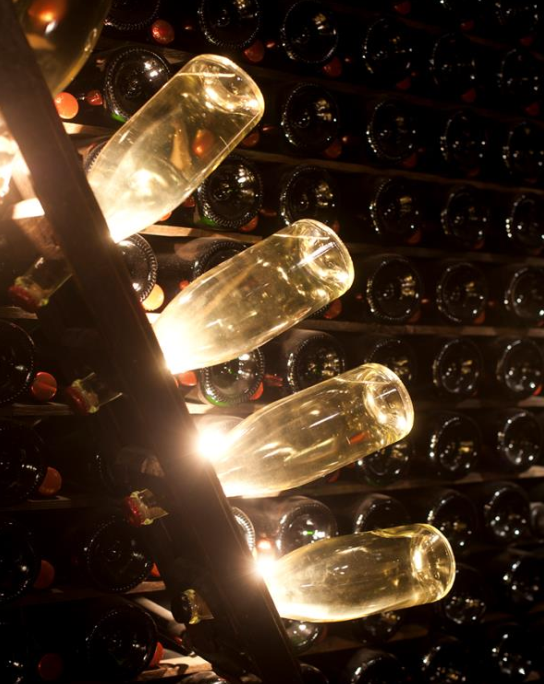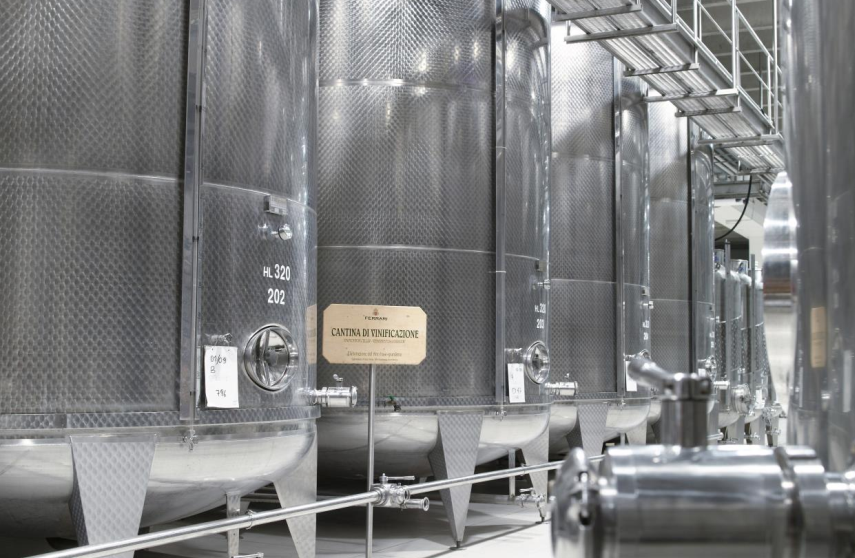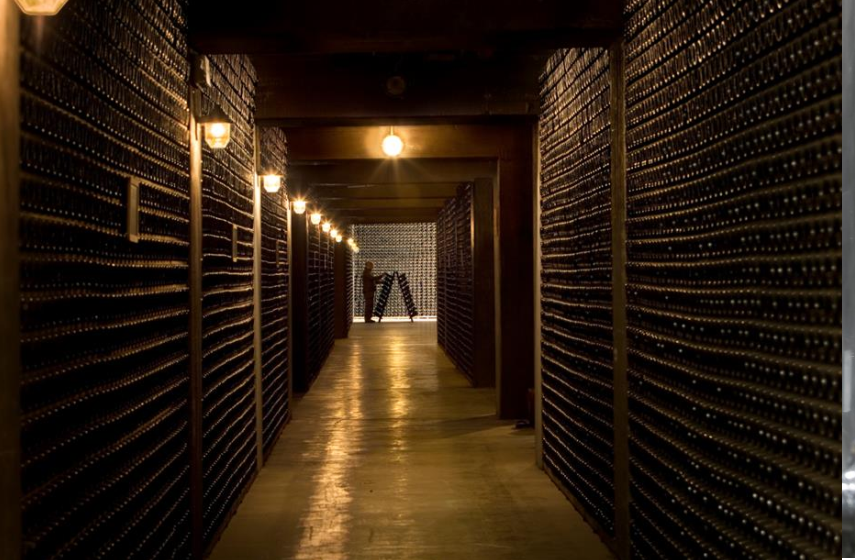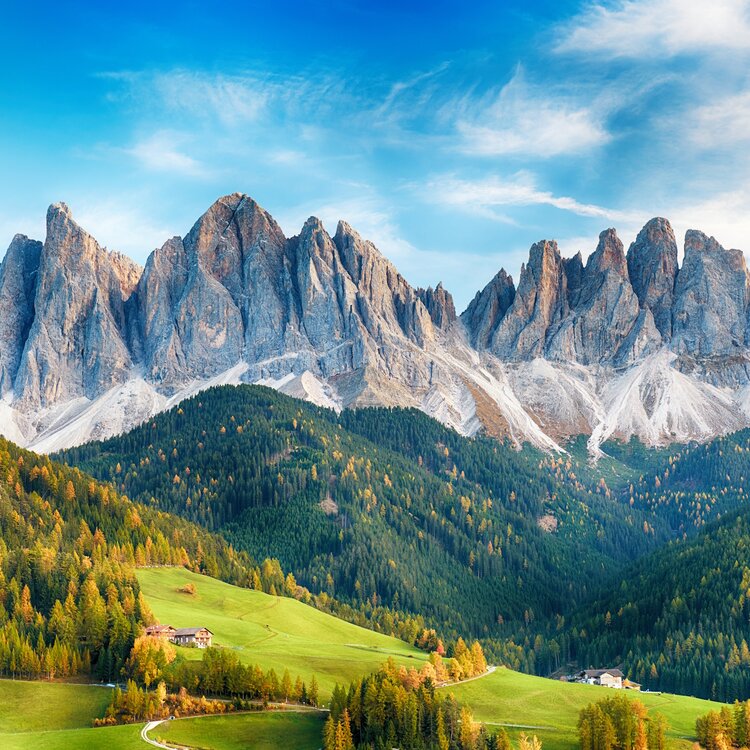As part of his pioneering work, he introduced Chardonnay grapes to the region which, along with Pinot Noir, still form the basis of Ferrari’s wines to this day.
Vines have been grown in Trentino for millennia, having been introduced by the Romans. The steep mountainsides have been shaped by human activity into distinctive terraces, embodying the deep bond between the growers and nature.
The grapes are still picked by hand and then taken for pressing and the first fermentation. The cuvée, or blend, is created and bottled, leading to the all-important second fermentation, which is what gives the wine its fizz. The bottles are then laid on racks and left almost undisturbed in the cellar for up to ten years. During that time, the only intervention is the daily ‘remuage’ ritual, where the bottles are gently rotated by an eighth of a turn to ensure that any sediment is collected in the neck of the bottle, where it can be later removed.
